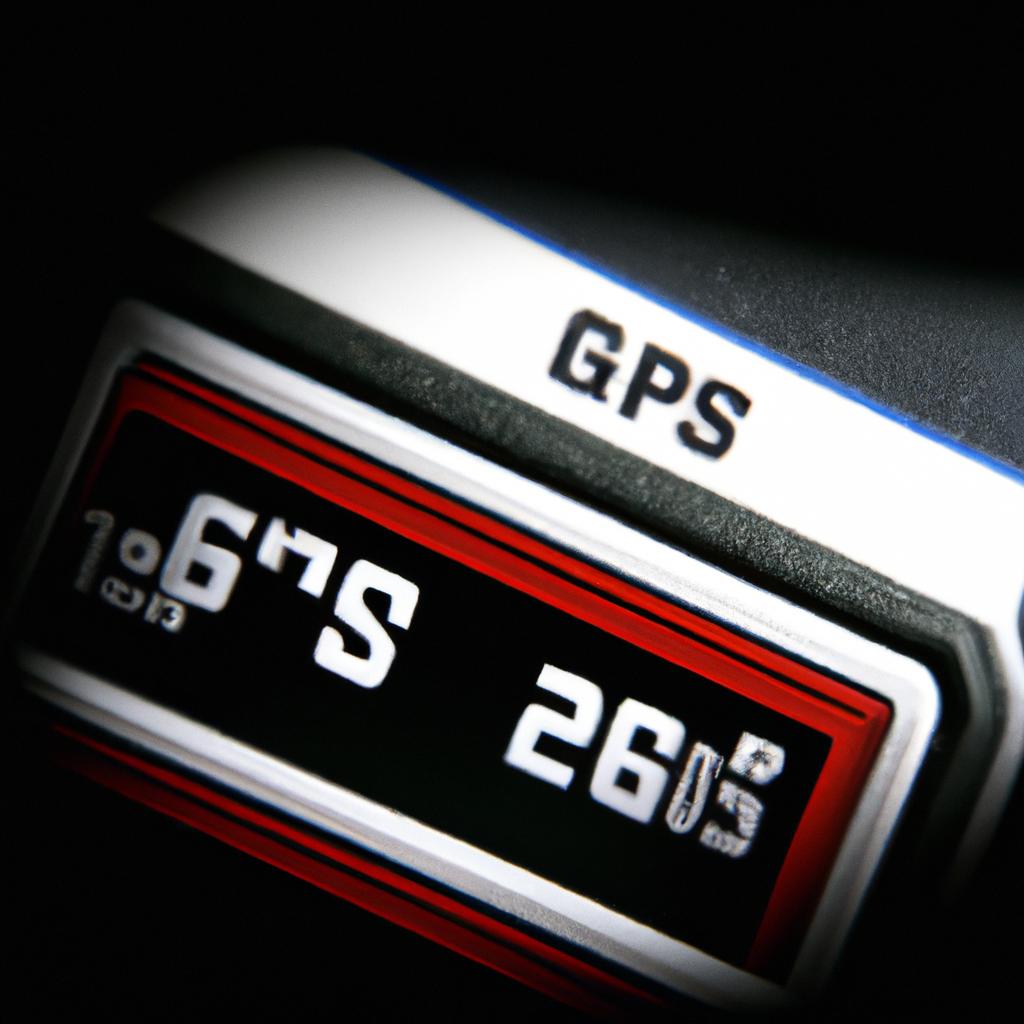The Hidden Features of GPS Watches: How to Utilize Advanced Metrics for Personalized Training Plans
# The Hidden Features of GPS Watches: How to Utilize Advanced Metrics for Personalized Training Plans
In today’s fast-paced world, fitness enthusiasts are increasingly turning to technology to optimize their training regimens. GPS watches have become a staple for runners, cyclists, and outdoor adventurers, but many users remain unaware of the powerful features these devices offer. Beyond simple distance tracking and heart rate monitoring, advanced metrics can provide invaluable insights that enable personalized training plans. In this blog post, we will delve into the hidden features of GPS watches and explore how to leverage these metrics for improved performance, enhanced nutrition, and overall health benefits.
## The Power of Advanced Metrics
### Heart Rate Variability (HRV)
One of the most overlooked features of GPS watches is heart rate variability (HRV). This metric measures the time difference between each heartbeat, providing insight into your body’s autonomic nervous system. A higher HRV generally indicates better cardiovascular fitness and recovery. By monitoring HRV, you can adjust your training intensity and rest periods, ensuring that you’re not overtraining and allowing for optimal recovery.
### Lactate Threshold
Lactate threshold refers to the exercise intensity at which lactate begins to accumulate in the bloodstream. Understanding your lactate threshold helps in designing training sessions that maximize endurance without leading to fatigue. Many GPS watches can estimate this threshold through heart rate data collected during workouts. By training just below this threshold, you can enhance your endurance performance over time.
### Cadence and Stride Length
For runners, metrics like cadence (the number of steps taken per minute) and stride length (the distance covered in one step) are critical for improving efficiency. GPS watches provide real-time feedback on these metrics, allowing you to make adjustments during your run. A higher cadence with an optimal stride length can lead to improved running economy, reducing the risk of injury and enhancing overall performance.
## Nutrition Tips
### Fueling for Performance
To maximize the benefits of your training, nutrition plays a crucial role. Here are some tips to ensure your diet complements your fitness goals:
1. **Carbohydrate Timing**: Consume complex carbohydrates before long workouts to fuel your body. After training, focus on replenishing glycogen stores with simple carbohydrates combined with protein.
2. **Hydration**: Use your GPS watch to monitor your hydration levels. Many models allow you to log fluid intake, helping to ensure you stay hydrated before, during, and after workouts.
3. **Micronutrients Matter**: Don’t forget about vitamins and minerals. Foods rich in potassium, magnesium, and calcium can help prevent cramping and improve recovery.
### Supplements
While whole foods should be your primary source of nutrients, certain supplements can support performance. Components like branched-chain amino acids (BCAAs) can aid recovery, while omega-3 fatty acids can help reduce inflammation. Always consider consulting a healthcare professional before adding supplements to your routine.
## Exercise Advice
### Personalizing Your Training Plan
Utilizing the advanced metrics available on your GPS watch can transform your training plan into a personalized program tailored to your needs. Here are some strategies:
1. **Set Specific Goals**: Define what you want to achieve, whether it’s running a certain distance, improving your pace, or increasing your endurance.
2. **Track Your Progress**: Use your GPS watch to log workouts and analyze data over time. Look for patterns in your performance and recovery, allowing you to adjust your training intensity accordingly.
3. **Mix It Up**: Incorporate various workouts into your training regimen. Use metrics like pace and cadence to challenge yourself with interval training or hill workouts.
### Recovery is Key
Incorporating rest days into your training plan is essential. Use your GPS watch to monitor your recovery metrics and ensure you’re not overdoing it. Active recovery, such as light jogging or yoga, can also help improve blood flow and facilitate muscle repair.
## Health Benefits
### Physical Well-Being
The benefits of utilizing advanced metrics from GPS watches extend beyond athletic performance. Regular exercise, supported by personalized training plans that monitor metrics like HRV and lactate threshold, can lead to:
– Improved cardiovascular health
– Enhanced muscular strength and endurance
– Weight management and fat loss
### Mental Health
Physical activity is closely linked to mental well-being. Engaging in regular exercise can help reduce symptoms of anxiety and depression. Tracking your progress using a GPS watch can provide motivation and a sense of achievement, further enhancing your mental health.















Post Comment